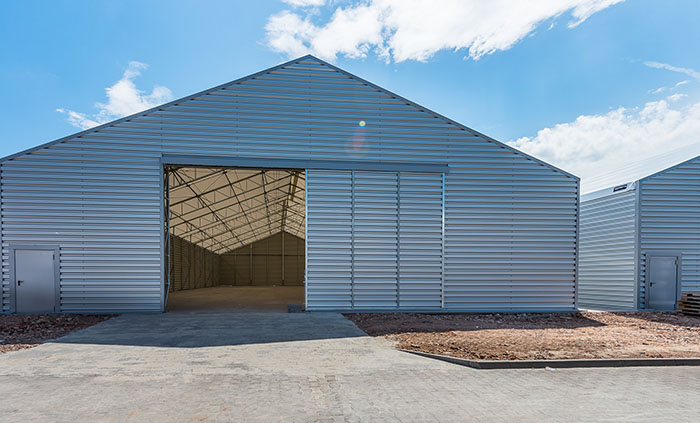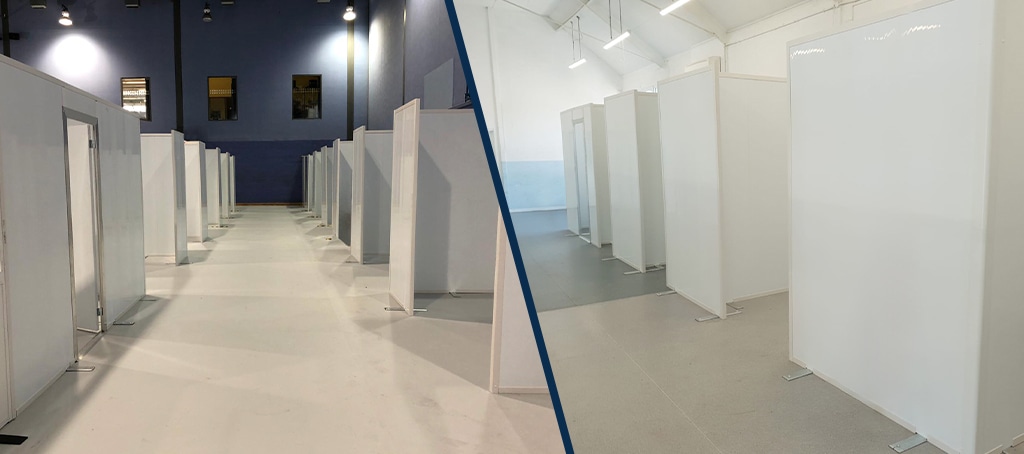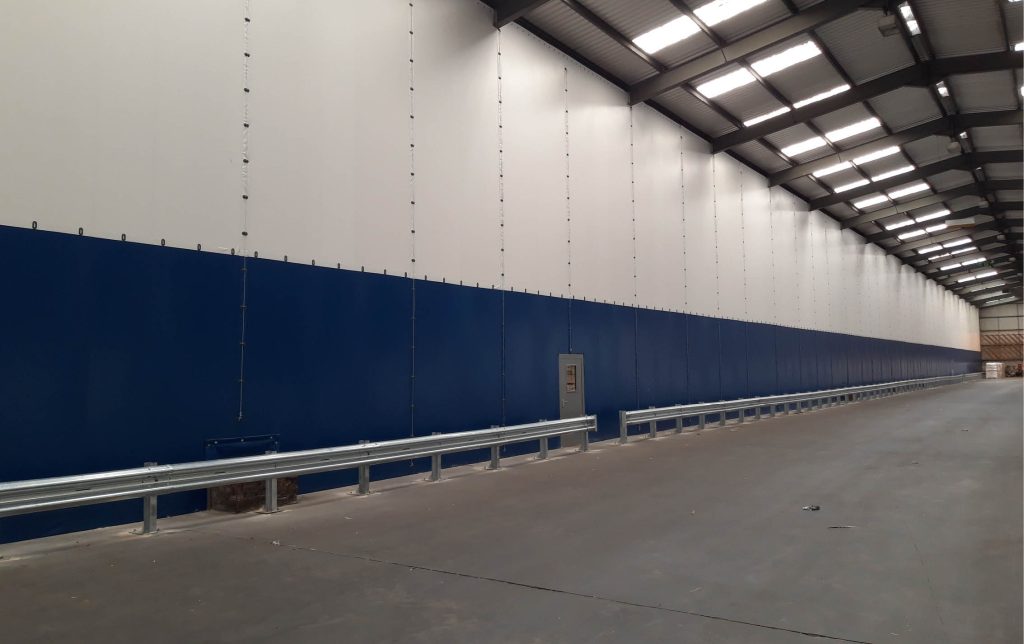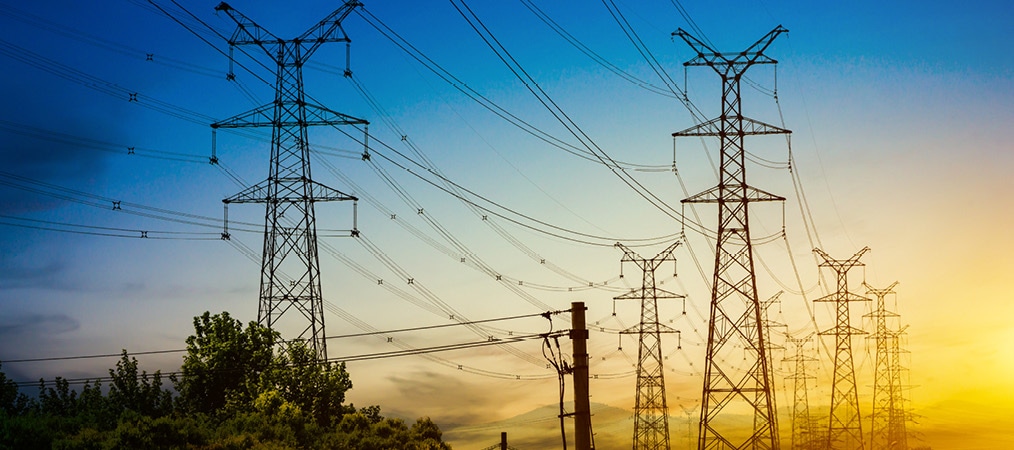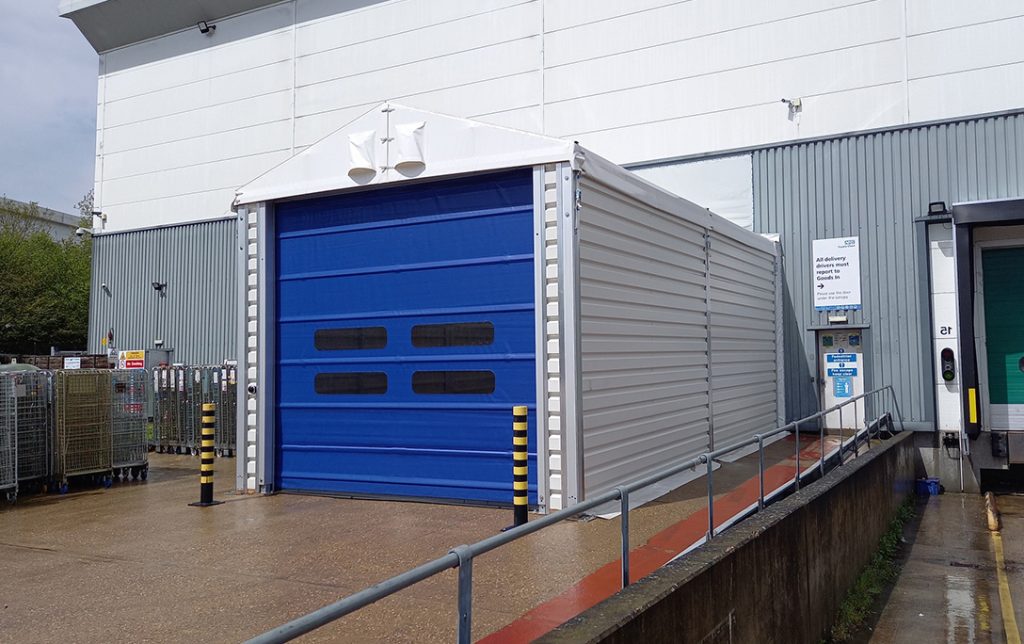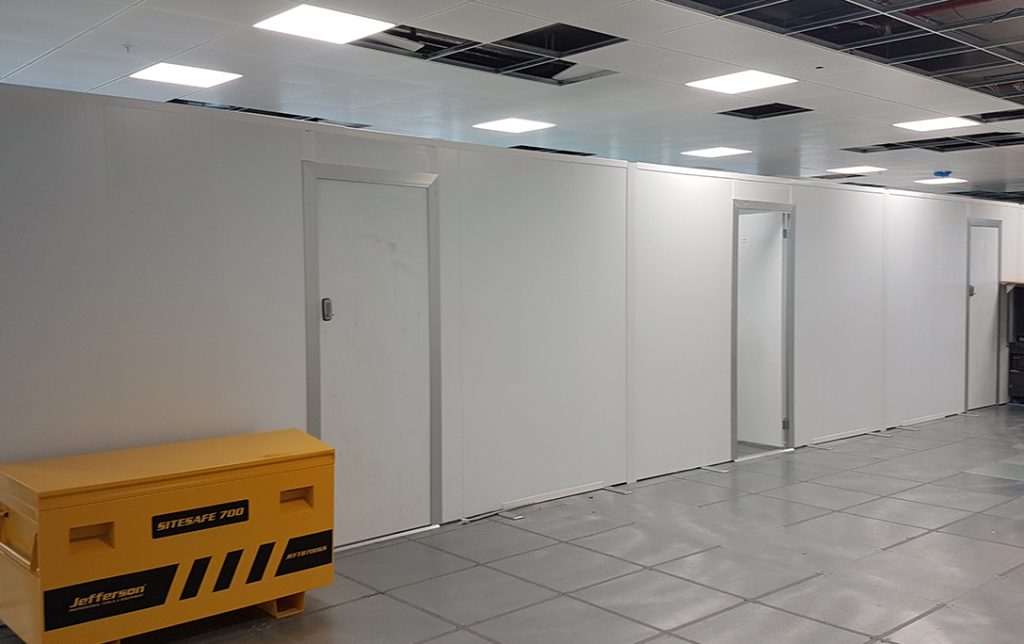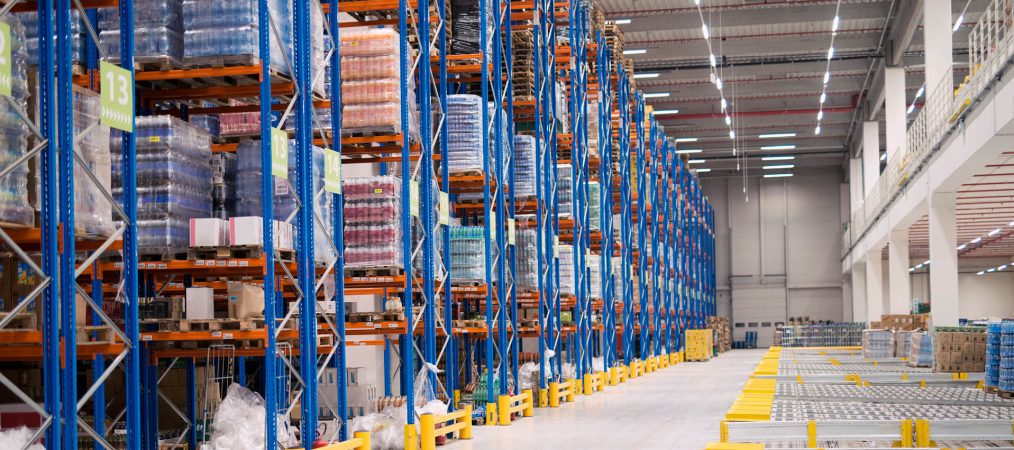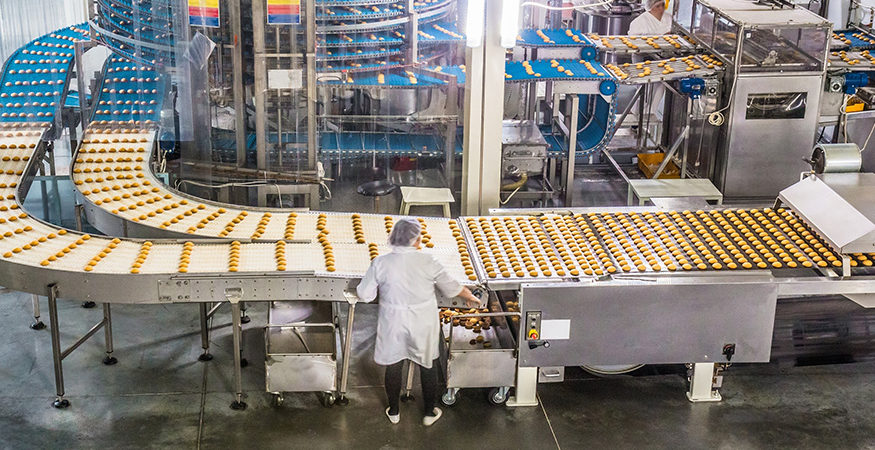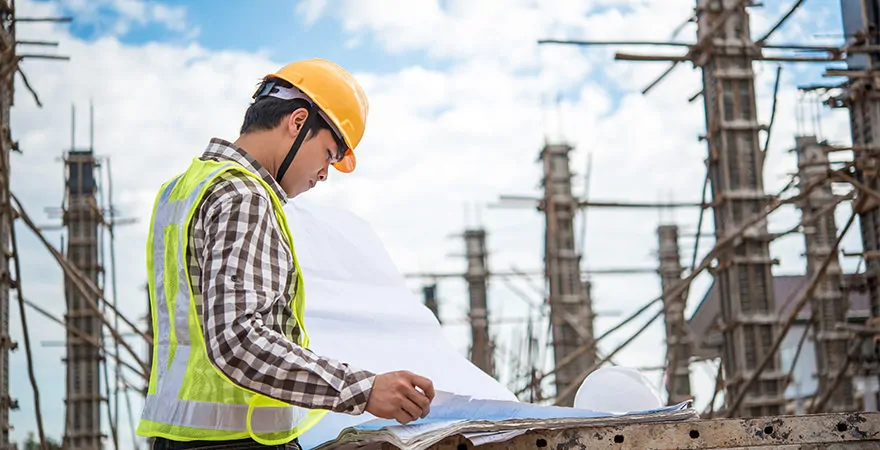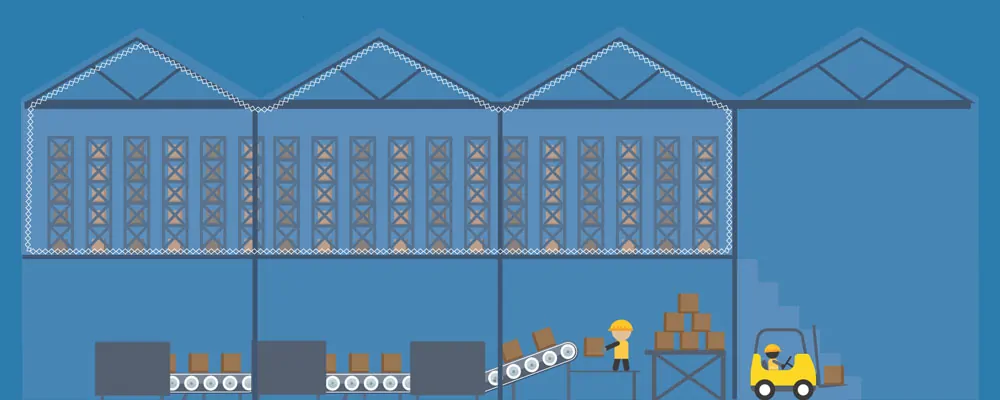Insights – Is Planning Permission Required for a...
Is Planning Permission Required for a Temporary Commercial Building in the UK?
The need for more space can be extremely pressing when starting a business or expanding an existing one. To meet this demand, you might consider constructing a temporary commercial building. However, you need to ask a crucial question before jumping into it: Does the UK require planning permission for a temporary commercial building?
What is Planning Permission?
In simple terms, planning permission is…
